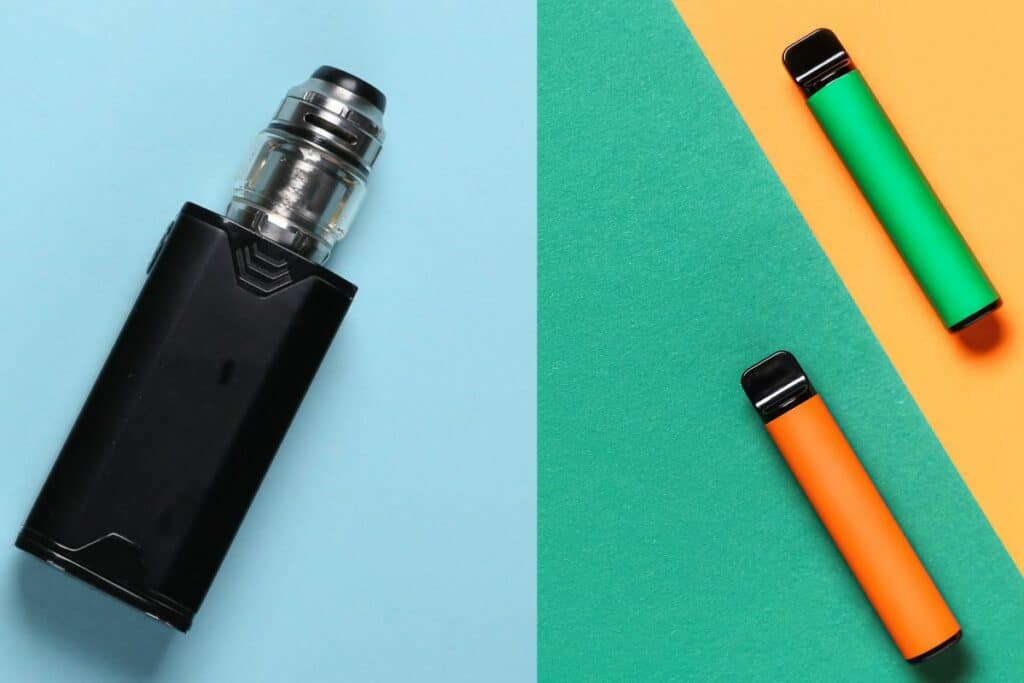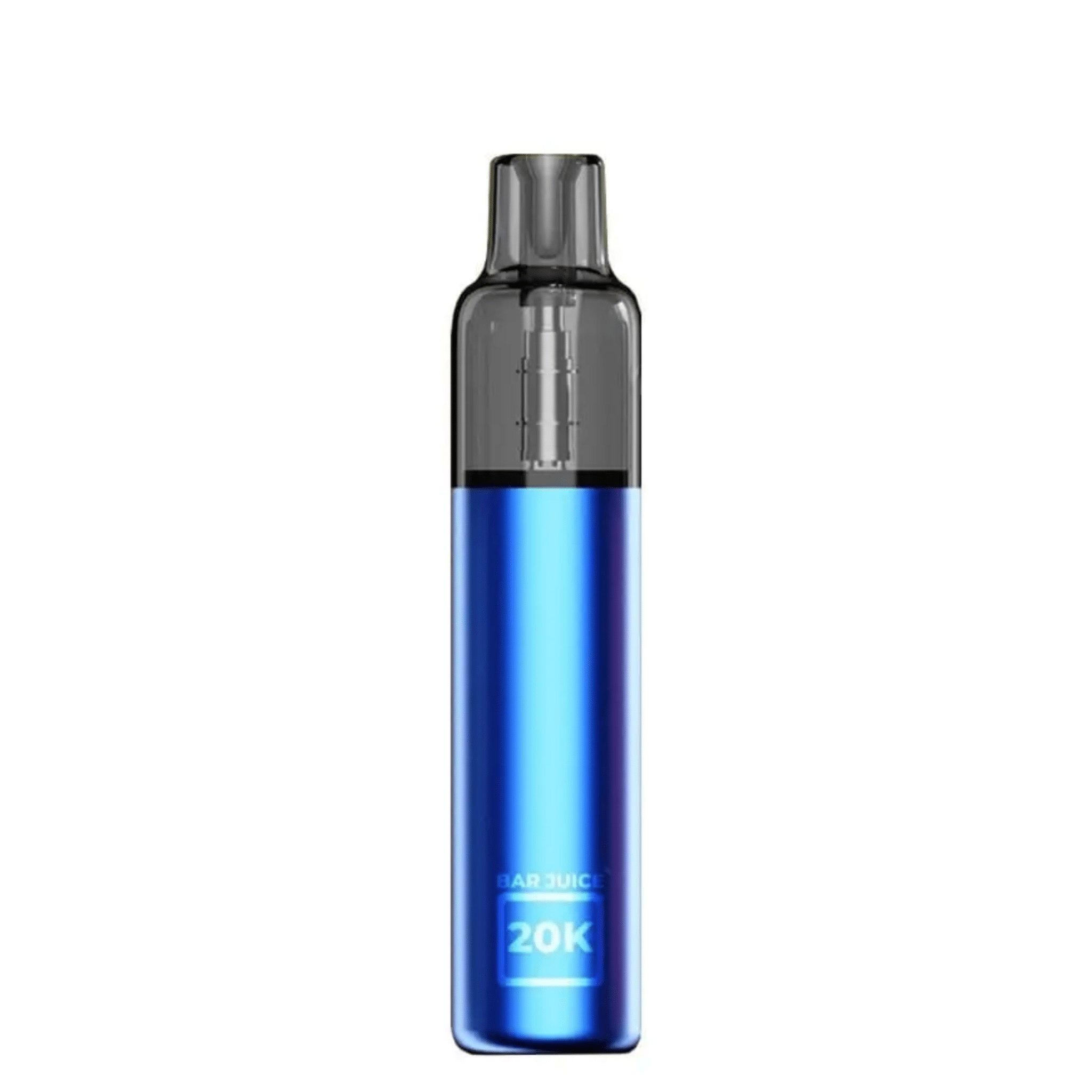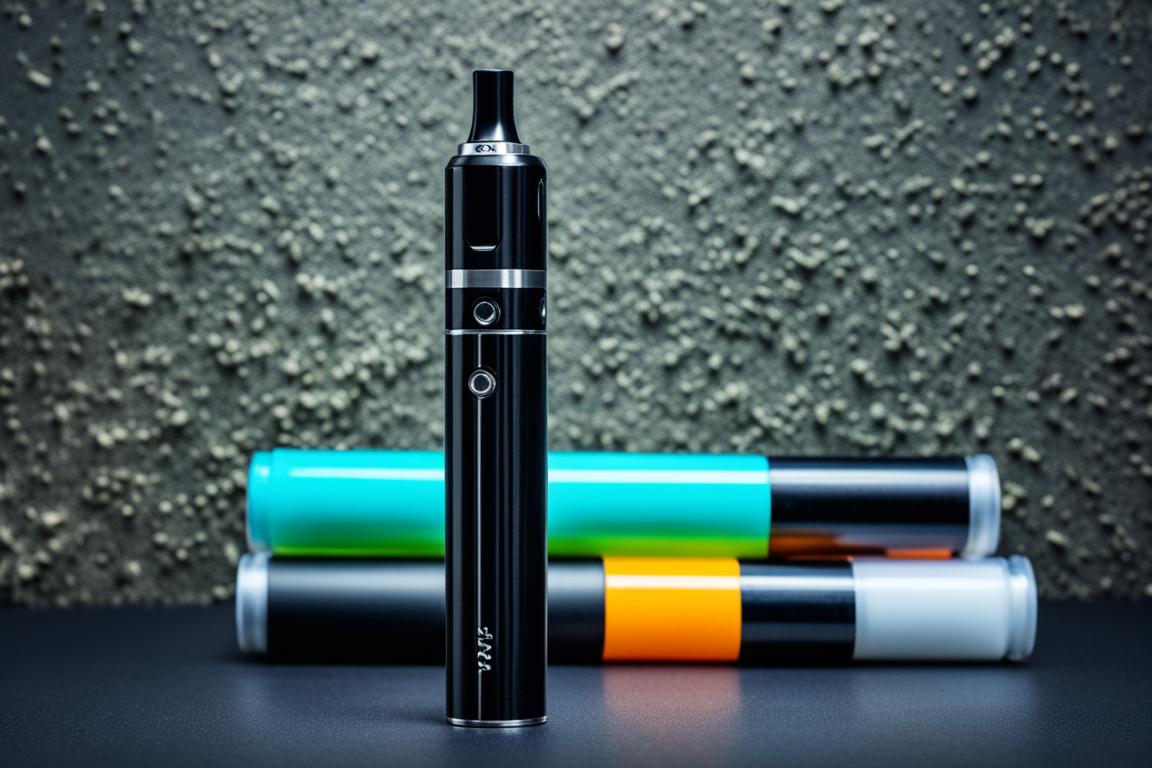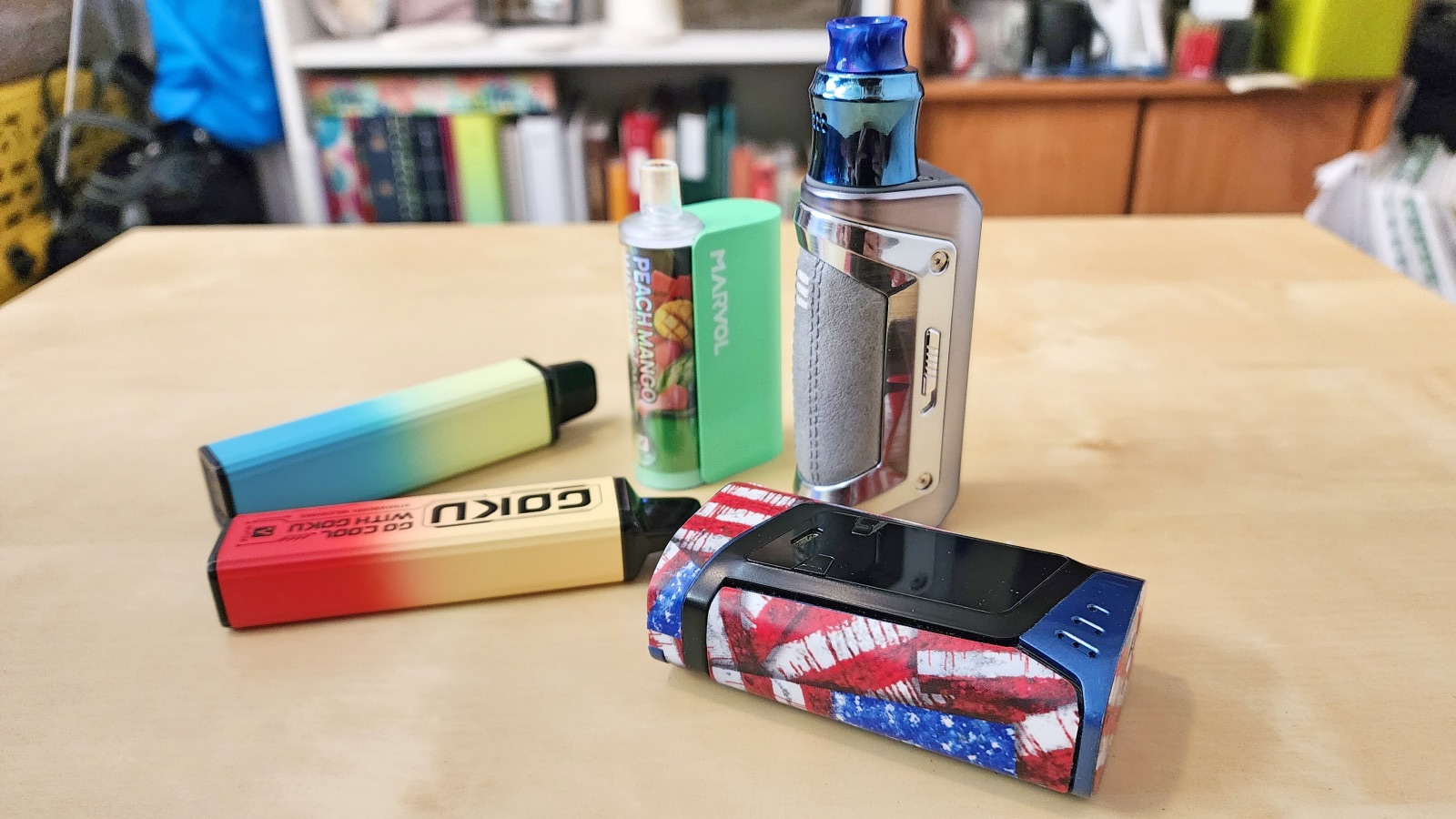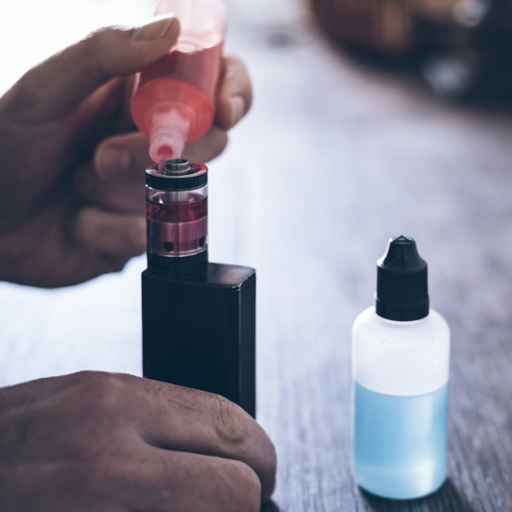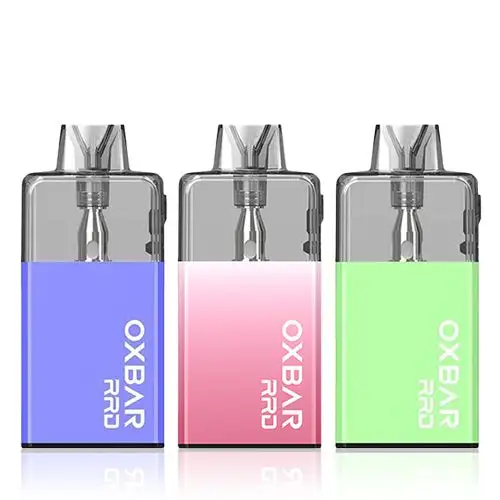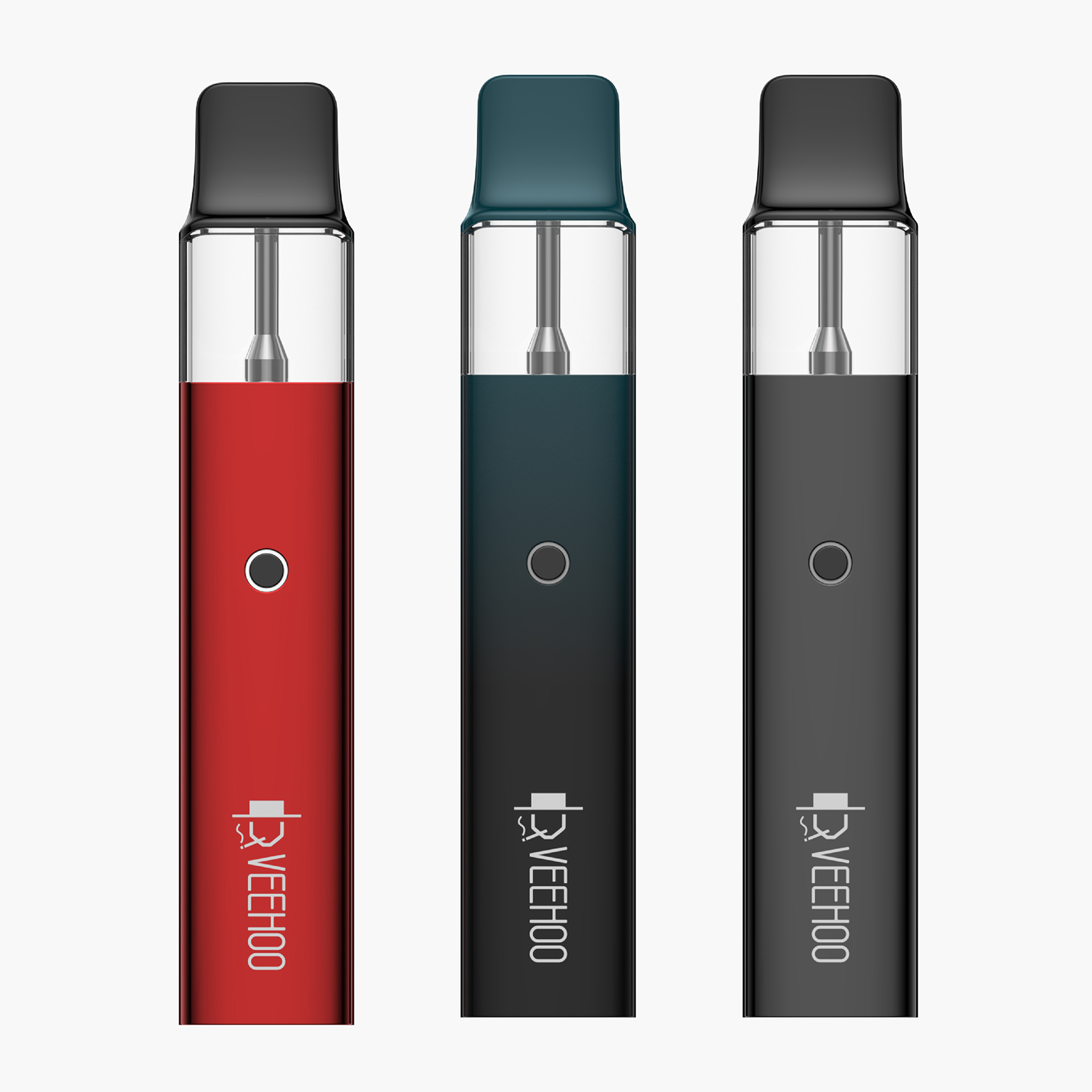Refillable Vape That Hits Like A Disposable

The vaping landscape is undergoing a seismic shift as a new generation of refillable vapes promises disposable-level satisfaction. Are consumers finally getting the best of both worlds?
This article delves into the rise of these hybrid devices, examining their impact on the market and the ongoing debate surrounding vaping regulations.
Refillable Power, Disposable Feel
A wave of new refillable vapes is hitting the market, boasting a hit comparable to that of disposable devices. This development has caught the attention of both seasoned vapers and industry analysts.
These devices, designed to bridge the gap between the convenience of disposables and the cost-effectiveness of refillables, are rapidly gaining popularity.
The Key Players and Their Products
Several companies are leading this charge, each with their own take on the "refillable disposable" concept. Smok, Geekvape, and Vaporesso are among the prominent brands.
Smok's Novo series, known for its compact design and ease of use, is a popular choice. Geekvape's Wenax series offers a more robust build and adjustable airflow, appealing to experienced vapers.
Vaporesso's XROS series has gained traction for its leak-resistant design and impressive flavor production.
Performance Metrics
The success of these devices hinges on their ability to replicate the nicotine delivery and flavor intensity of disposables. Manufacturers are achieving this through the use of high-nicotine salt e-liquids and advanced coil technology.
Many users report that these refillable devices provide a similar throat hit and overall vaping experience to popular disposable brands like Elf Bar and Lost Mary.
The coil lifespan is a critical factor, with some users reporting coils lasting for up to two weeks with proper maintenance. This significantly reduces the long-term cost compared to disposables.
The Regulatory Landscape
The rise of refillable vapes that mimic disposables is further complicating the already complex regulatory landscape. Authorities are grappling with how to classify and regulate these hybrid devices.
The FDA has been cracking down on unauthorized disposable vapes, particularly those appealing to youth. The question is whether refillable devices will face similar scrutiny.
"We are closely monitoring the market for new vaping products and will take action against those that violate the law," stated an FDA spokesperson in a recent press release.
Impact on the Market
The introduction of these devices is disrupting the vaping market. Disposable vape sales, which have soared in recent years, could face competition from these more sustainable alternatives.
Retailers are adapting by stocking a wider range of refillable devices and nicotine salt e-liquids. Some vape shops are even offering starter kits that include a refillable device and a bottle of e-liquid.
According to a report by Grand View Research, the global e-cigarette and vape market is projected to reach $67.31 billion by 2027, with refillable devices playing an increasingly significant role.
Health Concerns and Public Perception
Despite their growing popularity, the health effects of vaping remain a subject of ongoing debate. Public health organizations continue to caution against the use of any tobacco or nicotine products, including vapes.
Concerns have been raised about the potential for nicotine addiction and the long-term effects of inhaling aerosolized chemicals.
Critics argue that these new devices could normalize vaping and attract new users, particularly young people.
The Environmental Impact
One of the key advantages of refillable vapes is their reduced environmental impact compared to disposables. Disposable vapes contribute significantly to electronic waste, posing a challenge for recycling and disposal.
Refillable devices, with their reusable batteries and refillable pods, offer a more sustainable alternative. However, the environmental impact still depends on responsible disposal practices.
Advocates are urging consumers to recycle their used pods and batteries properly.
Looking Ahead
The future of vaping hinges on a complex interplay of technological innovation, regulatory oversight, and public health concerns. The rise of refillable vapes that mimic disposables is a significant development that could reshape the industry.
"We need more research to fully understand the long-term health effects of these devices," said Dr. Emily Carter, a leading researcher in vaping-related illnesses.
Ongoing monitoring of market trends, regulatory actions, and public health data is crucial to navigate this evolving landscape.


